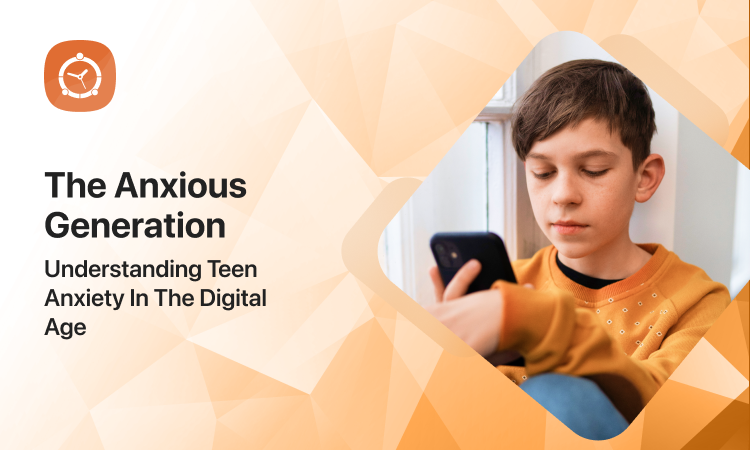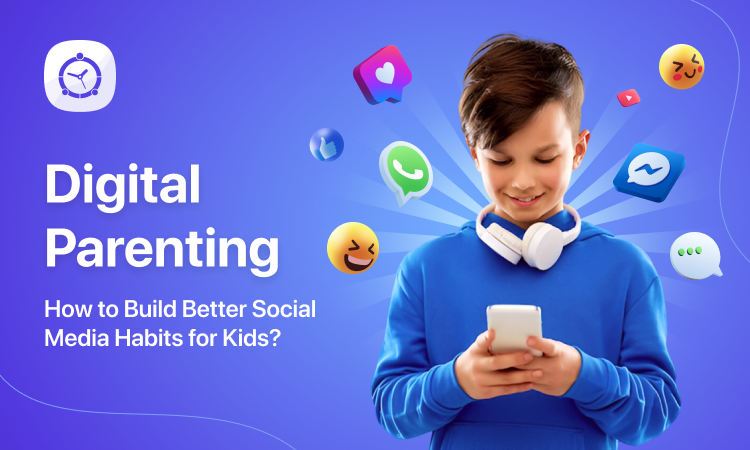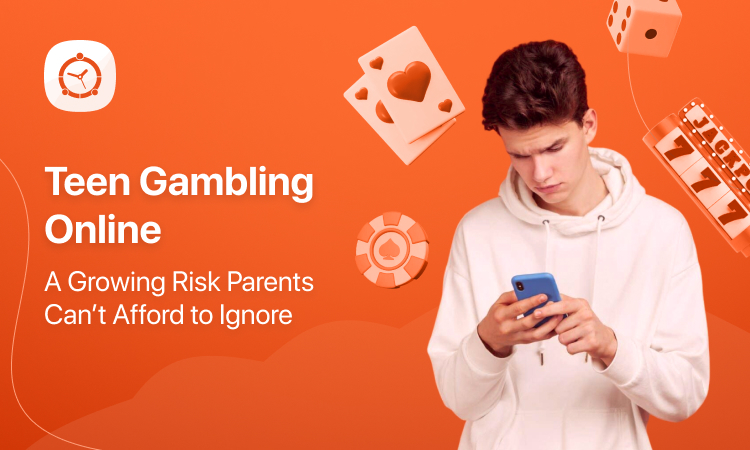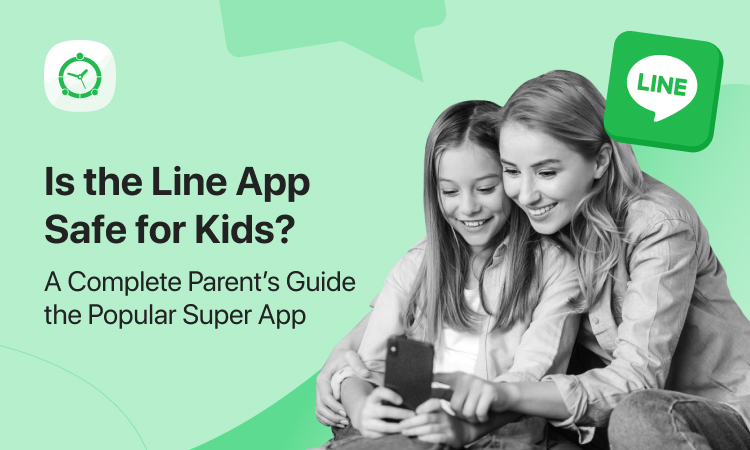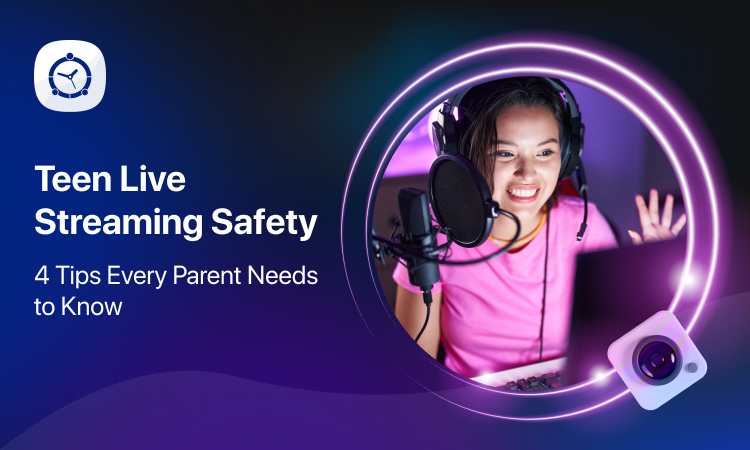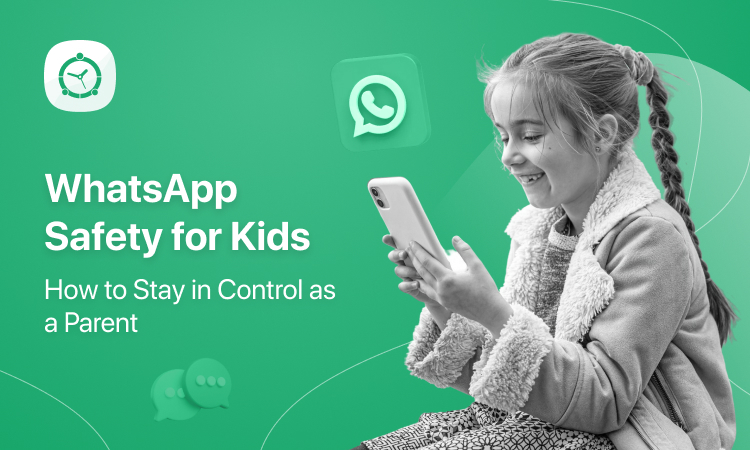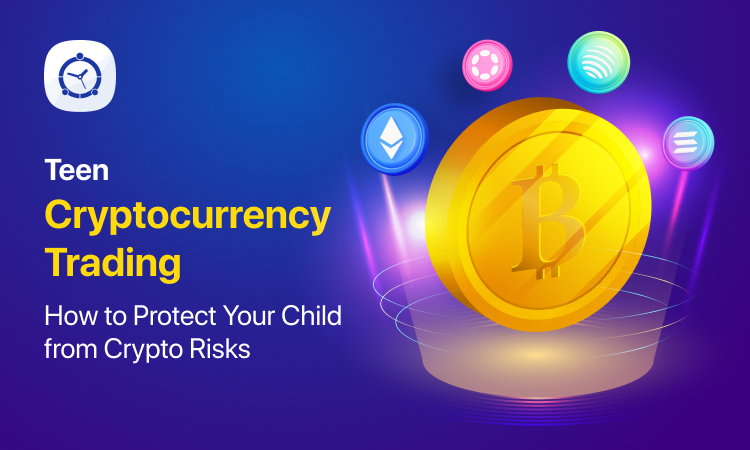The digital age has transformed the way we live, work, and communicate, offering endless opportunities and conveniences. However, this technological evolution comes with a dark side, particularly for teenagers. The growing prevalence of anxiety among adolescents has earned them the moniker “The Anxious Generation.” With the pervasive use of digital devices, social media, and online interactions, the mental health of today’s teens is under increasing scrutiny. This blog delves into the intricate relationship between teen anxiety and digital device usage, offering insights from recent studies and highlighting how tools like the FamilyTime parental monitoring app can assist parents in navigating this complex terrain.
The Alarming Rise of Teen Anxiety
Teen anxiety has been on the rise for the past two decades. According to a 2022 report by the World Health Organization, anxiety disorders affect 10-20% of adolescents globally, with numbers continuing to climb. Many experts point to the role of digital technology as a contributing factor. Social media platforms, gaming, and 24/7 connectivity expose teens to pressures that were unimaginable just a generation ago. From fear of missing out (FOMO) to cyberbullying, the triggers for anxiety in the digital realm are varied and deeply impactful.
The Role of Digital Devices in Teen Anxiety
- Social Media and Unrealistic Comparisons
Social media platforms are a double-edged sword. While they offer a way for teens to connect and express themselves, they also create a culture of comparison. Platforms like Instagram and TikTok often showcase curated, idealized versions of reality, leading teens to feel inadequate or unworthy. Research from the American Psychological Association highlights that excessive social media use correlates with heightened levels of anxiety and low self-esteem among teens.
- Cyberbullying
The anonymity of the internet has given rise to cyberbullying, a pervasive issue that leaves many teens feeling isolated and anxious. Unlike traditional bullying, cyberbullying invades the victim’s personal space, often leaving them with no refuge from the torment.
- Sleep Deprivation
Excessive screen time, particularly before bed, disrupts sleep patterns. The blue light emitted by devices interferes with melatonin production, making it harder for teens to fall and stay asleep. Sleep deprivation exacerbates anxiety, creating a vicious cycle.
- Information Overload
The internet’s endless stream of information can overwhelm teens. Whether it’s keeping up with trending news or feeling the pressure to respond to every notification, the constant barrage of stimuli can lead to mental exhaustion and heightened anxiety levels.
How FamilyTime Can Help Address Teen Anxiety
Understanding the causes of teen anxiety is the first step; addressing them is the next. This is where the FamilyTime parental monitoring app becomes an invaluable tool. FamilyTime empowers parents to manage their children’s digital activities effectively, helping mitigate some of the key contributors to anxiety.
- Screen Time Management
One of FamilyTime’s standout features is its ability to monitor and limit screen time. Parents can set daily screen time limits, ensuring that teens aren’t spending excessive hours glued to their devices. By encouraging a healthy balance between online and offline activities, this feature helps reduce the risk of sleep deprivation and information overload.
- App and Website Filtering
FamilyTime allows parents to block access to specific apps and websites, ensuring that their teens aren’t exposed to harmful content or platforms that may trigger anxiety. For instance, parents can block social media apps during study hours or at night to foster better focus and rest.
- Real-Time Location Tracking
Anxiety among teens isn’t always rooted in digital usage; external safety concerns also play a role. FamilyTime’s real-time location tracking feature provides peace of mind to both parents and teens. Knowing that their parents can locate them in case of emergencies can significantly reduce anxiety levels.
- SOS Alerts
FamilyTime includes an SOS alert feature that allows teens to notify their parents in distressing situations. This sense of security can alleviate anxiety, particularly for teens who frequently feel unsafe or vulnerable.
- Insights Into Usage Patterns
One of the most powerful features of FamilyTime is its ability to provide detailed insights into how teens are using their devices. From screen time reports to app usage statistics, parents can identify patterns that might be contributing to their child’s anxiety. For example, excessive use of social media during late-night hours might signal a need for intervention.
Balancing Trust and Monitoring
While tools like FamilyTime offer invaluable assistance, it’s essential for parents to approach monitoring with care. Over-surveillance can strain parent-teen relationships and exacerbate anxiety. Here are some tips for fostering a healthy dynamic:
- Open Communication: Discuss the reasons for using a parental monitoring app. Make it clear that the goal is to support, not control.
- Set Mutually Agreed Boundaries: Work with your teen to establish reasonable rules for device usage.
- Focus on Education: Use FamilyTime as an opportunity to teach digital literacy and the importance of maintaining a balanced lifestyle.
The Broader Picture: Supporting Teens Holistically
While managing digital device usage is crucial, addressing teen anxiety requires a multifaceted approach. Encourage teens to engage in physical activities, pursue hobbies, and build face-to-face relationships. Promote mindfulness practices such as yoga or meditation, which have been shown to reduce anxiety. Additionally, seeking professional help from counselors or therapists can provide teens with the tools they need to navigate their emotions effectively.
Why FamilyTime Is the Ultimate Solution
In the face of rising teen anxiety, the FamilyTime parental monitoring app stands out as a comprehensive solution. By offering tools to manage screen time, filter content, and enhance safety, FamilyTime addresses multiple facets of the problem. More importantly, it empowers parents to take an active role in their children’s digital lives without overstepping boundaries.
To experience the benefits of FamilyTime firsthand, parents can try the app for free, exploring all its premium features during a three-day trial period. This hands-on experience allows parents to understand how the app fits into their family’s unique needs.
Conclusion
Teen anxiety in the digital age is a pressing issue that requires collective effort to address. While technology is often viewed as the culprit, it can also be part of the solution when used responsibly. The FamilyTime parental monitoring app offers parents a way to guide their teens through the challenges of the digital world, fostering healthier habits and reducing anxiety triggers. By leveraging tools like FamilyTime, we can help this anxious generation find balance, resilience, and peace of mind in an increasingly connected world.

